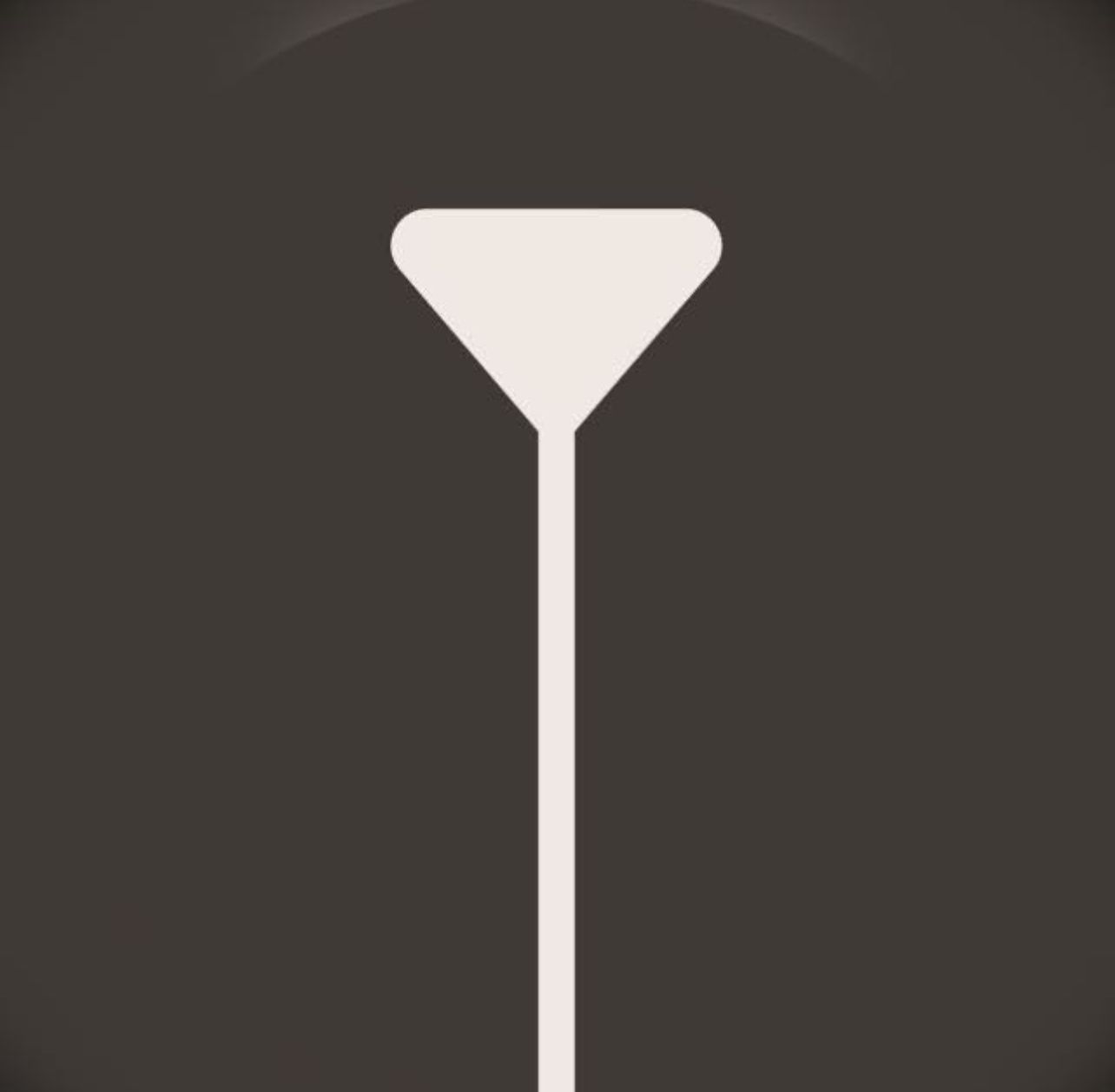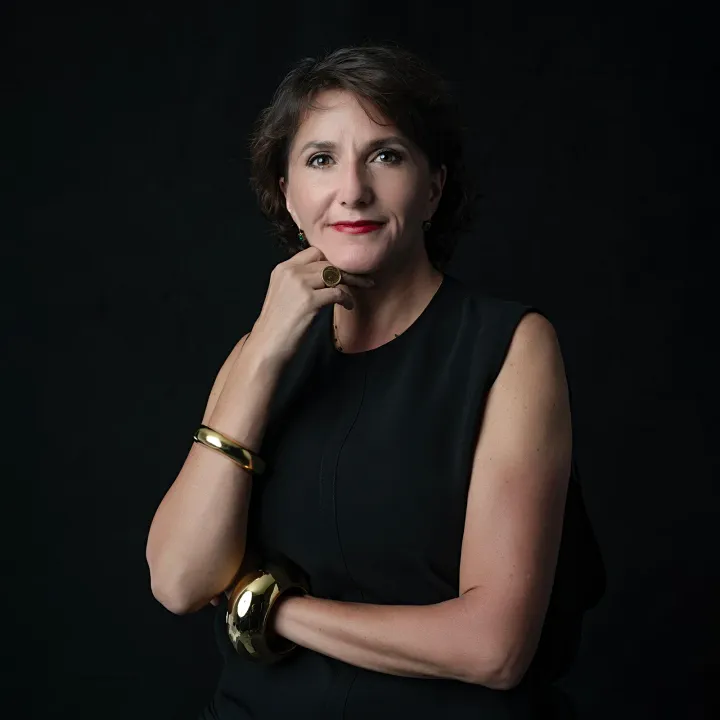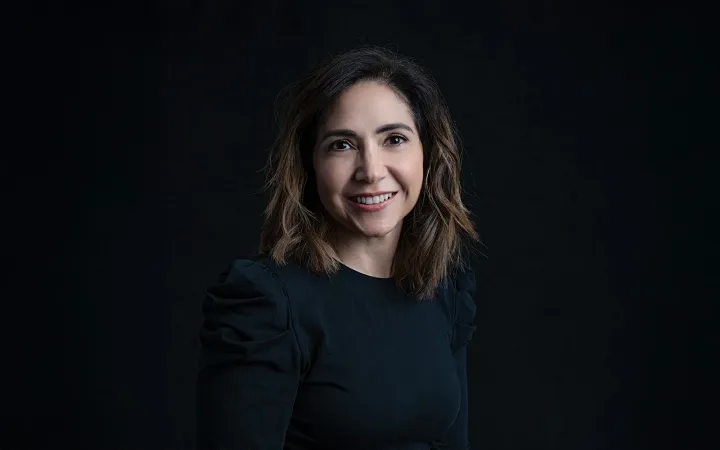Por Edmée Pardo
Louis Braille nació en Francia en 1809, hijo de un hombre dedicado a la talabartería. En un accidente en el taller de padre, Louis se lastima un ojo que después infecta al otro y para los cinco años de edad queda totalmente ciego. Se dice que cuando la ceguera es a temprana edad, muy poco, si no es que nada, se recuerda de los rostros de los familiares, del mundo, de sus colores y sus luces. También se dice que la falta de visión limita las expresiones faciales propias de quien mira con sorpresa, hartazgo, miedo, amorosamente, y sus gestos son casi nulos. Eso explica el gesto en las imágenes que de él tenemos.
A pesar de las limitaciones culturales y económicas de la familia Braille, Louis fue enviado a una escuela para niños ciegos en París, descrita como una pocilga cuando mejor le va, que daba una oportunidad a los invidentes. Ahí se les educaba en un sistema de lectura llamado Haüy, al que se accedía con grandes letras impresas en relieve, difíciles de seguir con los dedos.
Louis era un alumno notable, aprendió historia, matemática, música por transmisión oral. Se inspiró profundamente cuando conoció el sistema de Charles Barbier, un teniente que había creado un código de puntos en relieve para que los soldados pudieran leer mensajes en la oscuridad. Aunque dicho sistema no fue útil para los militares, pues era una sonografía del francés, desde los 15 años Louis comenzó a modificarlo y simplificarlo hasta crear lo que hoy conocemos como el sistema Braille y que desde hace 200 años está en uso.
El sistema Braille es un alfabeto compuesto por 63 caracteres, formados de uno a seis puntos, que dispuestos de distintas maneras e impresos en relieve forman un lenguaje que puede ser leído por el tacto. Al emplearse en idiomas distintos al francés, las combinaciones cambian de significado. Por ejemplo, los signos de mayúscula y de punto final varían del español al francés. Cabe notar, que dicho sistema también sirve para la notación musical, lo que fue una gran aportación ya que el oído es el sentido más desarrollado por quienes tienen limitaciones en la vista. Braille y su amigo Pierre Focoult desarrollaron una máquina para la escritura de ese alfabeto conocida como rafígrafo.
El rafígrafo parece una tabla con un copete de pájaro: son diez palancas dispuestas en semicírculo, cada una con una tecla y un punzón, que permite la impresión mecanizada de los textos en Braille y que, a pesar de mi investigación documental, nunca pude ver en uso por el Internet. Lo que sí, pude asomarme al taller donde imprimen los libros de texto gratuitos cuyo archivo se hace en computadora y una máquina compleja que trabaja a base de golpeteo imprime las hojas.
Se dice que Louis Braille también fue organista de la iglesia, músico, pedagogo. Su sistema permite integrar, en la medida de lo posible, a los invidentes con la sociedad pues adquieren referencias escritas y pueden leer una parte del mundo con sus dedos.

Las opiniones expresadas son responsabilidad de sus autoras y son absolutamente independientes a la postura y línea editorial de Opinión 51.






Comments ()